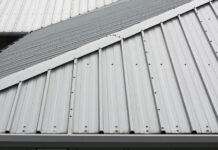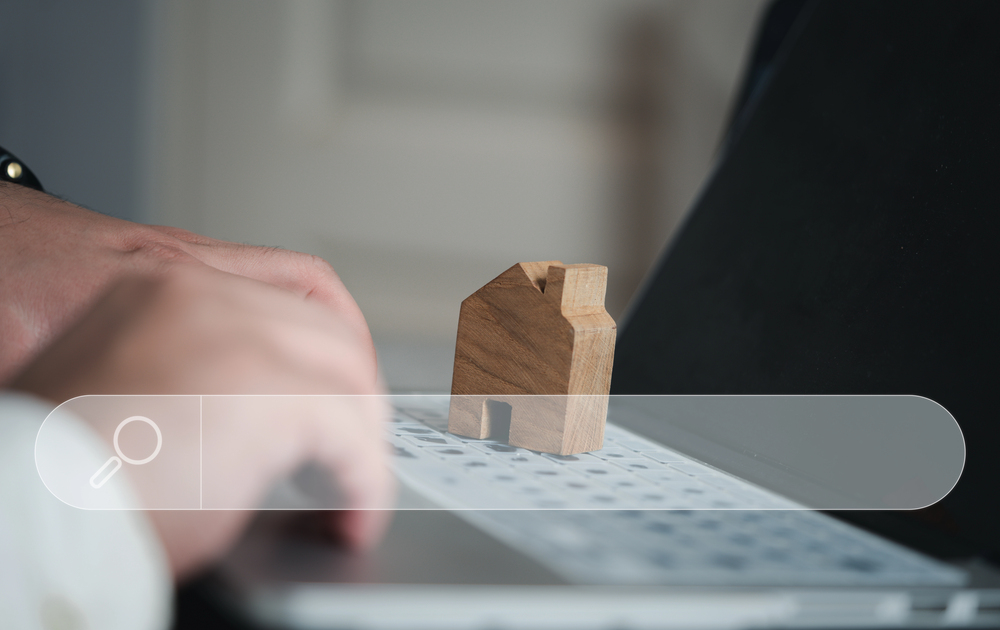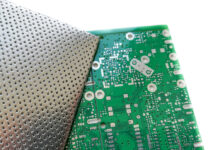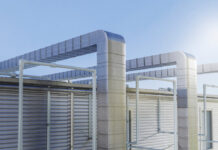
Fresh air activities with summer sunshine are a treat, but they are accompanied by a scorching heat that will turn your home into a furnace. Turning your air conditioner to maximum may seem like an effective solution, but it soon proves an expensive business in terms of electricity as a remarkably ineffectual way of using power. There is, however, a silver lining: you can maintain composure and conserve energy, needn’t cost an arm and a leg to stay comfortable on such sweltering days. With a few clever tricks and subtle adjustments to how you deploy your cooling system, you will discover that it is feasible to make your home comfortable at a minimal cost in terms of power. Here are a few cheap ways to keep cool.
Finding the Ideal Environment for Your Thermostat
Setting your thermostat to the right level is crucial to effective summer cooling. It is a typical error for homeowners to set theirs too low, under the wrong impression that doing so will accelerate living areas’ cooling. This actually places undue strain upon your system as well as uses a whole lot more power than you truly need to consume. When deciding what temperature to set air conditioner to in summer, aim for a comfortable middle ground that keeps you cool without overworking your unit. A level that allows your system a bit of buffer to operate comfortably but still holds your indoor climate cool but not too chilly allows your air conditioner to perform at its best. This is owing to your air conditioner operating at its best under conditions where it won’t need to operate at a rapid rate between high indoor temperatures and cooler external temperatures.
Understandings of What Humidity Means to Our Comfort
Temperature is not the only thing affecting your comfort this summer. Humidity also comes into play in your general feeling of comfort, and having too much moisture in the air will make you feel much hotter than the actual temperature might indicate. On those extremely humid days, your air conditioner has to work twice as hard to cool off the air while removing that excess moisture from the air as well. A lot of new units come with a dry mode function that just dehumidifies, which will work perfectly for extremely sticky days when it’s not that hot, but it feels heavy and oppressive outside. This mode uses a low speed for the fan, which just dries out that air but won’t cool your room too much.
Smart Planning for Empty Homes
It’s not wise to cool an empty house to the same extent as if you were at home living your busy life. If your home is unused at work or for extended periods, and you can change your cooling regime, you might make huge reductions on your bill. Consider raising the level of heat during your absence or even turning off the system if you will be away for a few hours. Programmable thermostatic controllers eliminate the guesswork of this task by automatically adjusting temperatures to accommodate your day-by-day life. Select a start time for your system to cool an hour before your arrival so you enter a comfortable home without wasting fuel during the day. This way, convenience, composure and conserve energy are exactly in sync.
Adapting Environments Throughout the Day
Your cooling requirements change over the course of a day, in accordance with natural cycles of the world around you. During peak sunshine, with its harsh rays weighing in, a cooler environment is a must for your comfort. But with sundown drawing near and the air growing chilled, it’s perfectly fine to increase your thermostat without compromising comfort. Nightfall offers its own compromise opportunities, as decreasing ambient temperatures along with a lack of direct sunshine cause your home to feel wonderfully cool. When deciding the best temp for aircon during different times of day, take into account external climate and sunshine, as well as activities occurring within your home, in order to decide upon that which best suits your family’s individual requirements.
Simple Heat Gain Reduction Ideas
Your air conditioner will have to work a lot harder if you don’t do your best to stop unnecessary heat from getting into your home in the first place. Blinds or curtains that shut during the hottest time of sunshine keep out sun heat gain from windows, cooling interiors by a lot. Light-coloured window treatments are particularly useful as they reflect, not absorb, heat. Insulation in your ceilings, floors, and walls also helps to create a barrier that holds in cold air where it will do the most good. Seal cracks around doors and windows where cold air may leak out, and seal with weather stripping or caulking. All of these passive coolings together help your air conditioner to work more easily to make your home more comfortable with a lesser load on your air conditioning system.
Controlling Heat from Domestic Sources
We generally overlook that home appliances and household work at home generate a lot of heat, which needs to constantly be battled by our air conditioners. Ovens, dryers, dishwashers, and even most computers that are operated at a time circulate heat throughout your home. During summer days, consider operating appliances that create heat during early morning or evening, but not during peak day, when it cools down a bit. Use grilling outdoors as often as possible, or prepare cold foods that require no cooking at all. In place of having your dishwasher’s high-temperature dry, air-dry your items. Turn off lighting in rooms that are not being used, and consider replacing your bulbs with LEDs, which emit a lot less heat than a standard incandescent bulb. All of these easy changes lighten your air conditioner’s load, help with composure and conserve energy.
Maintenance for Top Performance
Even a high-quality air conditioner won’t perform at maximum effectiveness if it isn’t properly maintained. Dirty filters will seriously restrict air circulation, which will cause your system to work harder and use more power but will circulate less cooled air. We recommend that your filters be checked at least once a month during peak seasons, with cleaning or changing of filters as required. Minimise buildup of leaves, dirt, and vegetative debris near the outside unit, since such obstacles might restrict air circulation and cause overheating of the system. Professional maintenance at least once a year ensures that it works just fine as well as efficiently. A well-maintained unit cools more efficiently, uses less power, and outlasts a poorly maintained unit. We treat maintenance as an investment, which pays us back in increased comfort as well as power reduction come summer months.
Creating Cross-Ventilation When Possible
Do not underestimate natural ventilation if the outside conditions are favourable. On chilly mornings and afternoons, when temperatures outside are chilly, you may turn off your air conditioner and open opposite side windows, creating cross-breezes that move in an outward direction to eject warm air. Portable fans and ceiling fans amplify this natural cooling by facilitating more effective air circulation in your home. Even if you’re in a position where you need mechanical cooling, fans will keep you at a comfortable temperature at a slightly higher thermostat level, as a breeze will make your skin perceive it as cooler. This hybrid approach, which uses both natural and mechanical cooling, helps you maintain composure and conserve energy without sacrificing comfort. Remember, as outside temperatures get too high, seal your windows shut and turn your air conditioner on.
Find a Home-Based Business to Start-Up >>> Hundreds of Business Listings.















































